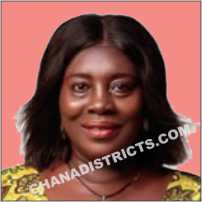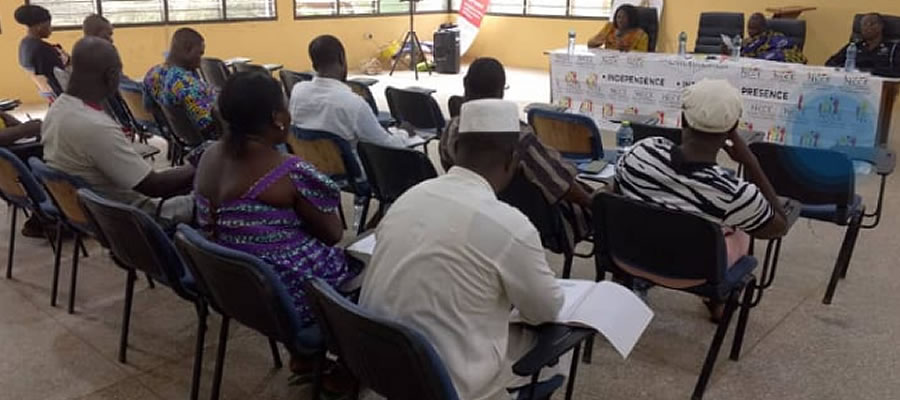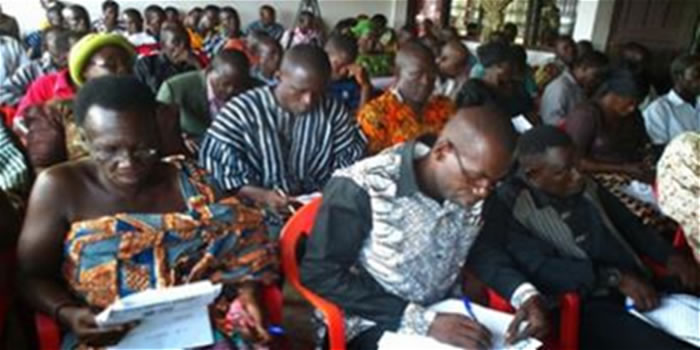

Literacy and Education
Literacy
Literacy is measured by the ability to read and write a simple statement in any language with understanding.The ability to read and write is essential for the population and the nation, as literacy not only enables people to access information on what goes on in all spheres of life, but also enhances vertical mobility in society. Figure 3.2 indicates that 79 percent of the population, 11 years and older in the district are literate. This consists of the critical mass of the people who can more effectively access information on what goes on around them. Most of the literate (69.6%) can read and write in both English and a Ghanaian language. Another 18.7 per cent of the population is literate in English only and 11.2 percent are literate in a known Ghanaian language only.
Education
The question on education was presented to someone three years or older “who has had a full-time education in an educational institution”.The person should spend “at least four hours a day receiving general education in which the emphasis is not on vocational skill or trade training”. Table 3.7 provides information on the population of the districts who are currently attending school or have attended school in the past. Out of a total enrollment of 45,131, three years and older currently in schools in the district, 51.9 percent are at the primary level, 18.3 percent at the kindergarten, 18.2 percent at the Junior Secondary School (JSS) level and 5.1 percent at the Senior Secondary School (SSS) level. Apart from the primary and kindergarten level where the female proportion is higher, the proportion of male students at each of the subsequent levels is only slightly higher than that of females.
The data shows that the highest levels of school attained by those who have ever been to school are JSS/JHS (34.4%) and Middle School (29.8%). In addition, 21.3% of the population of the district has attained primary school level of education. While almost a higher percentage of males (31.1%) and of females (37.7%), six years and older in the district, have attained JSS or JHS School level of education, only 7.1 percent and 5.1 percent have attained SSS level of education. This means that, for the district as a whole, a lower proportion of the population, six years and older, who have attained Middle or JSS level of education progressed to the secondary level. While Secondary/SSS level of education is very low in the district as a whole, it is much lower for the males than for females for both those who are currently going to school and those attended school in the past.
Date Created : 11/14/2017 3:50:51 AM










 facebook
facebook
 twitter
twitter
 Youtube
Youtube
 +233 593 831 280
+233 593 831 280 0800 430 430
0800 430 430 GPS: GE-231-4383
GPS: GE-231-4383 info@ghanadistricts.com
info@ghanadistricts.com Box GP1044, Accra, Ghana
Box GP1044, Accra, Ghana